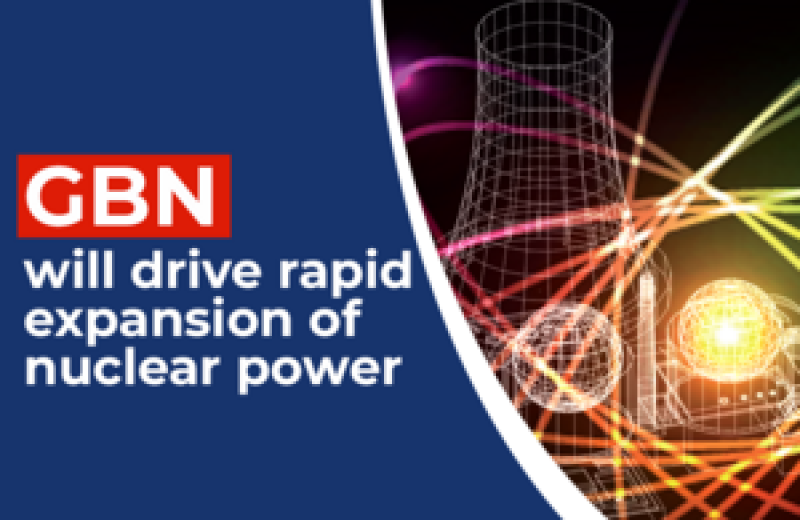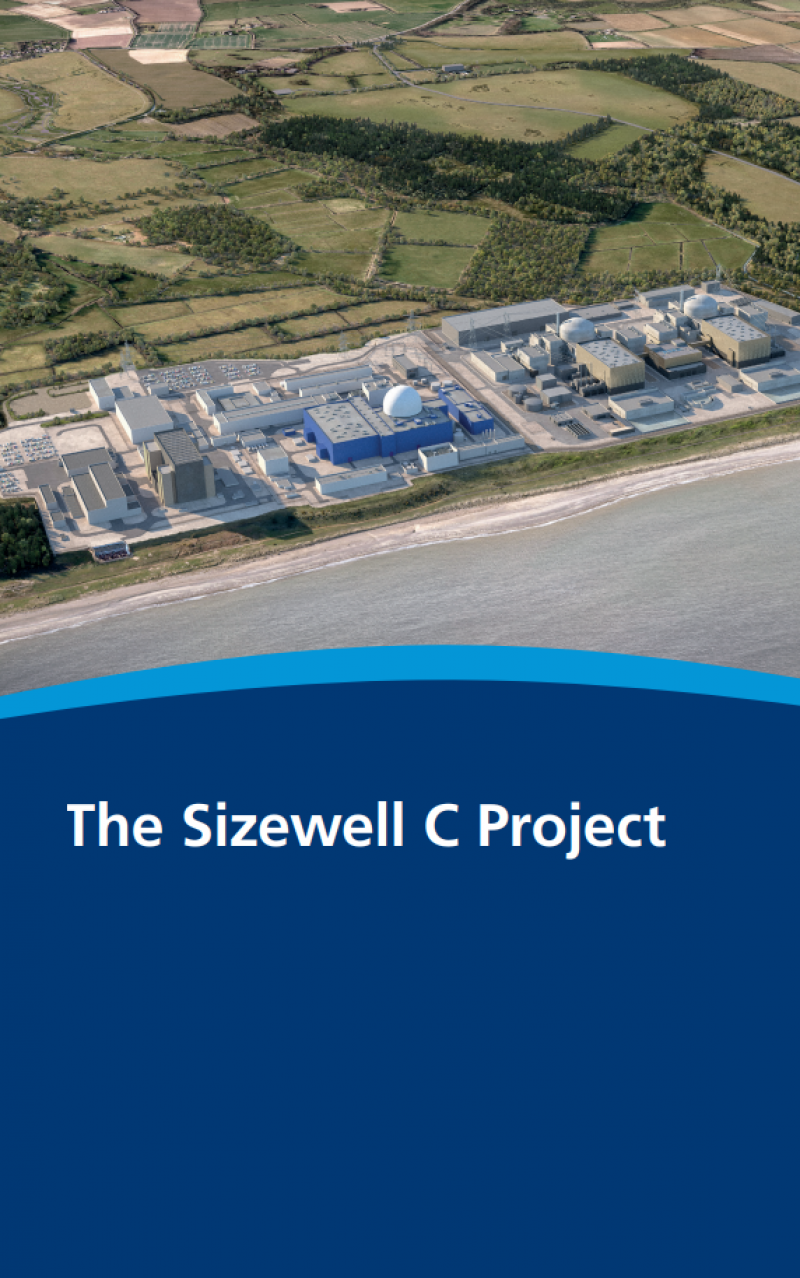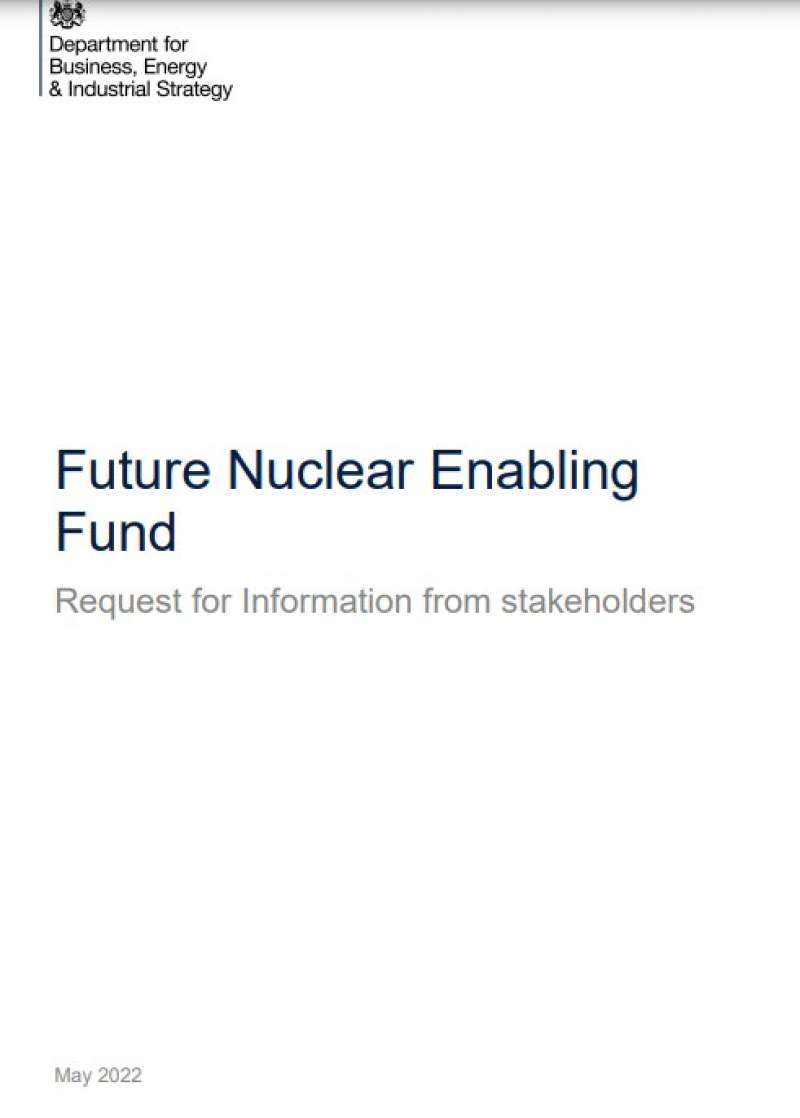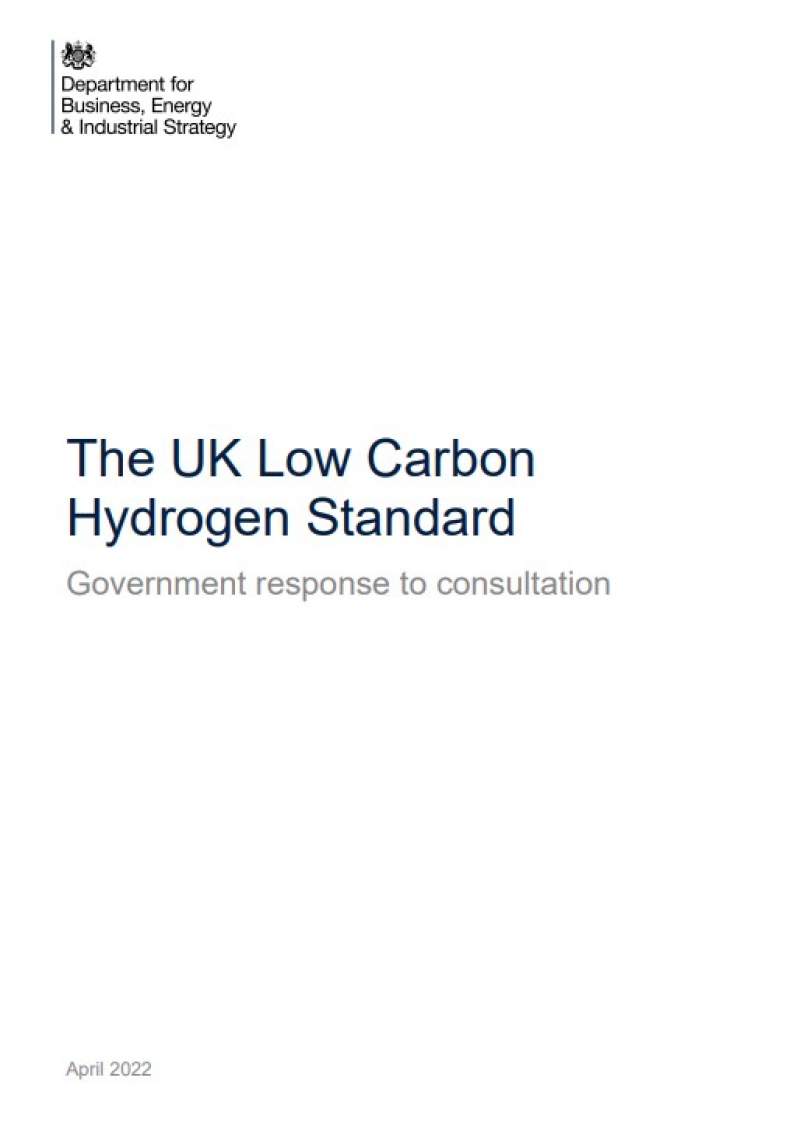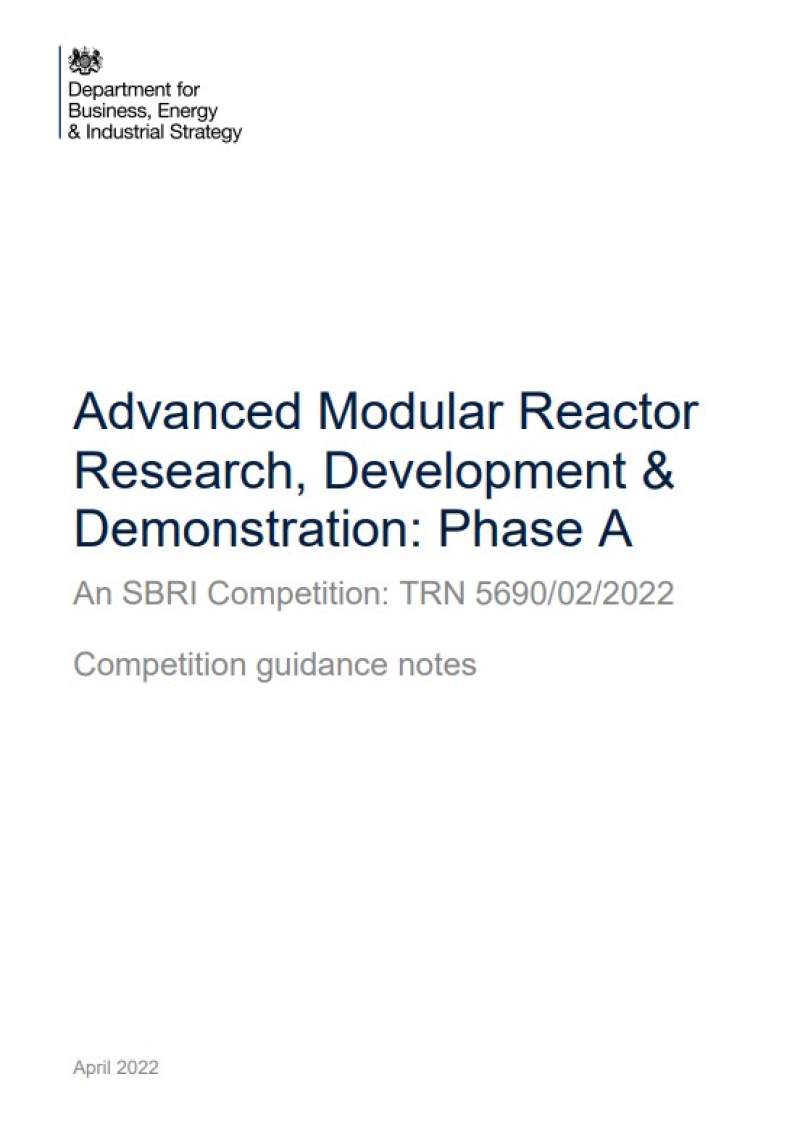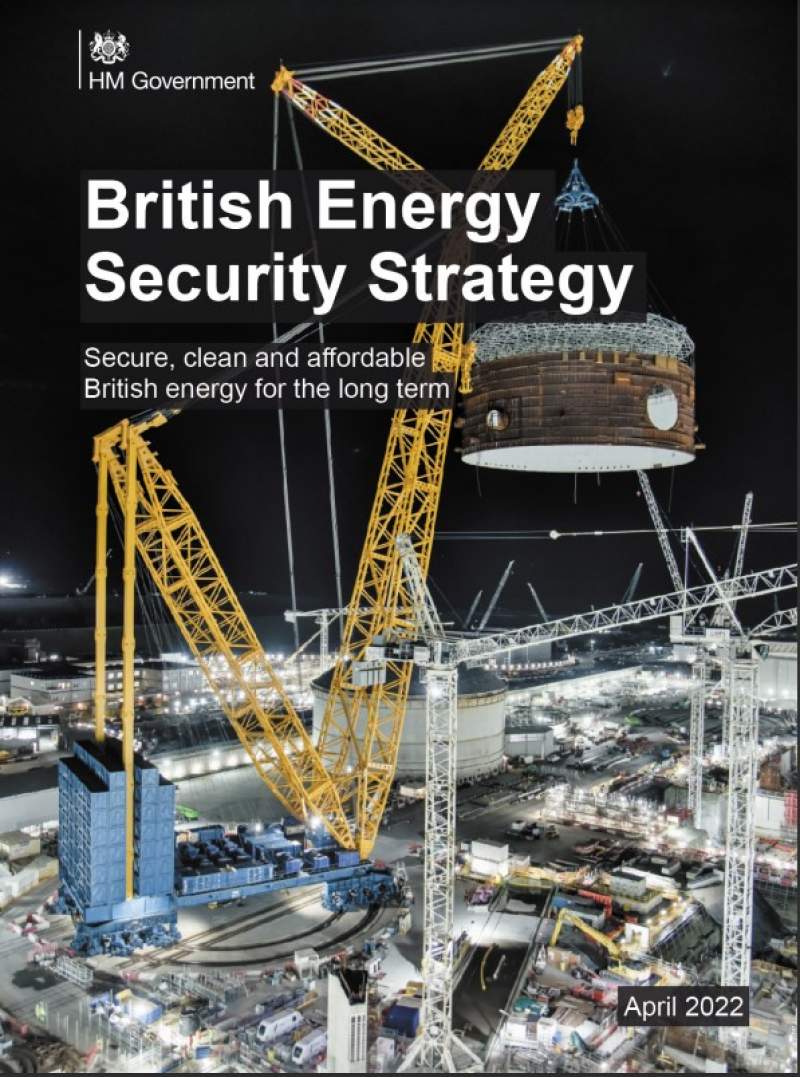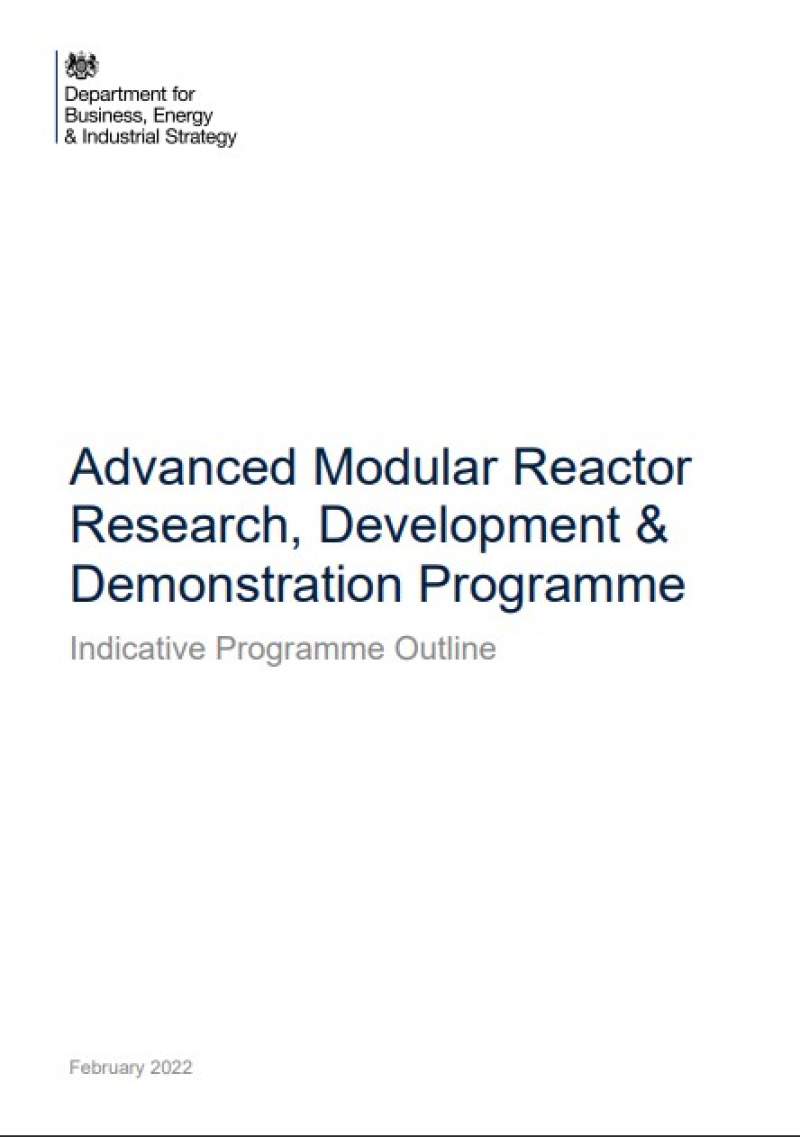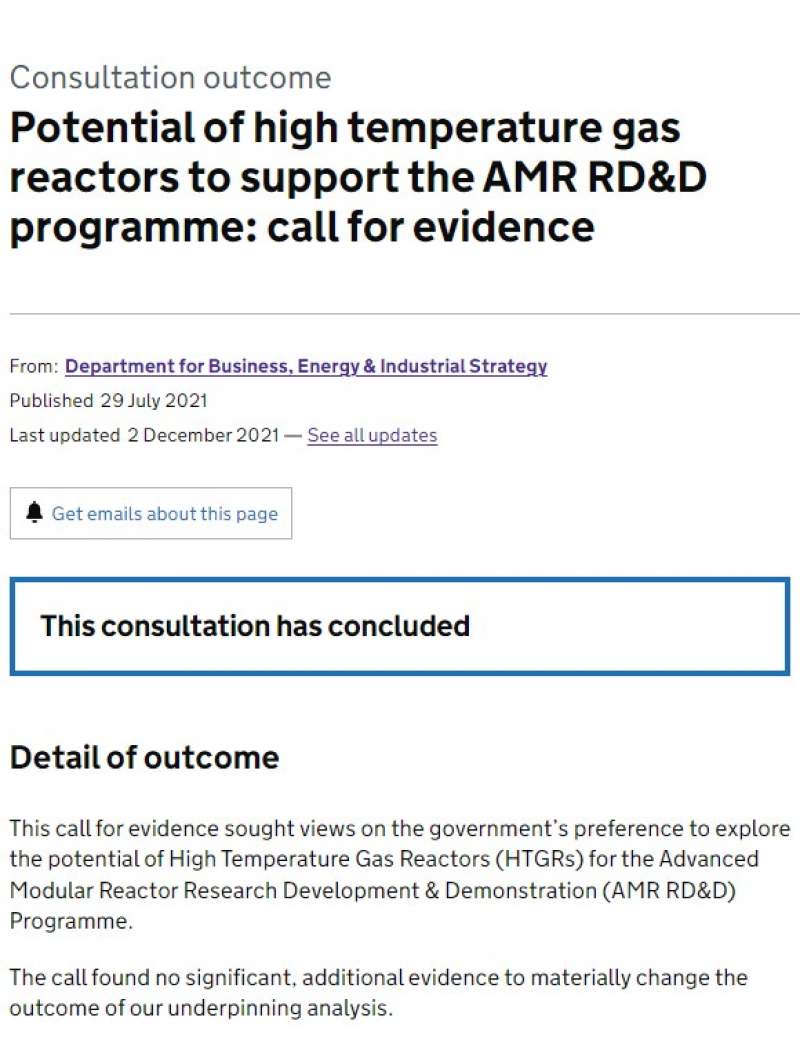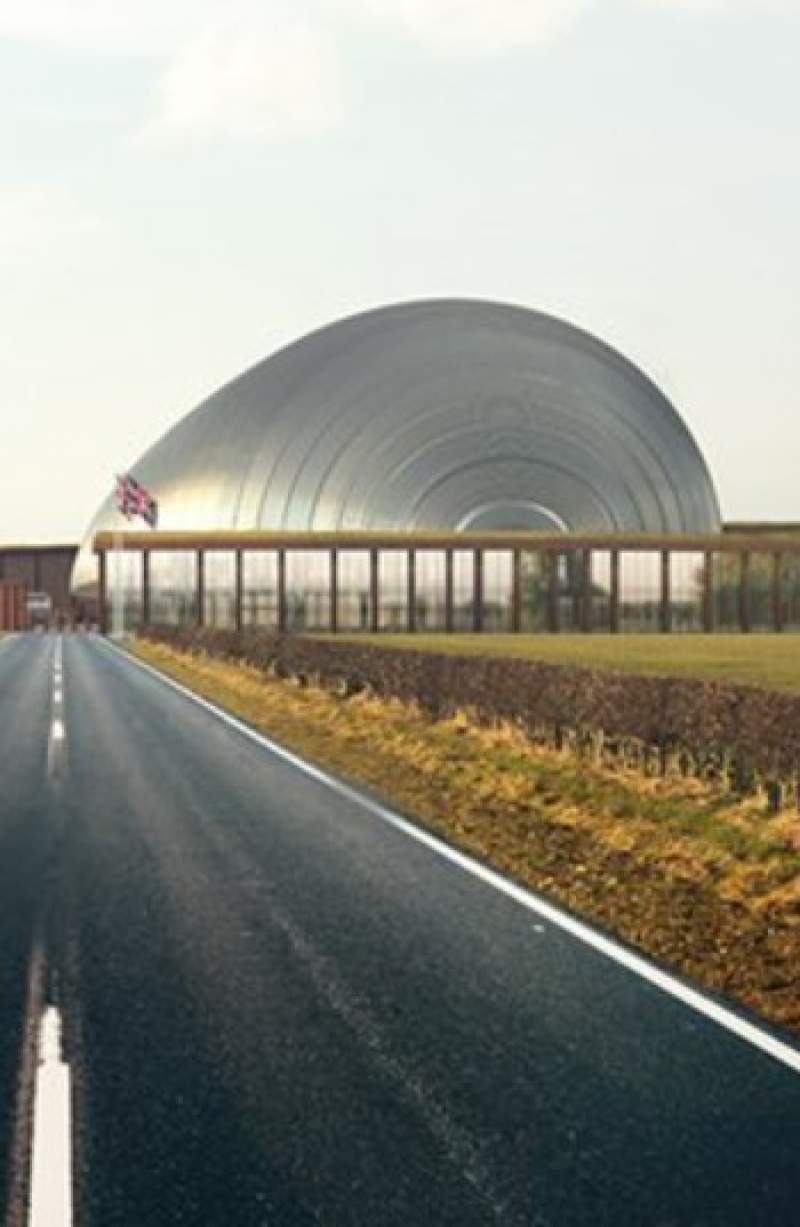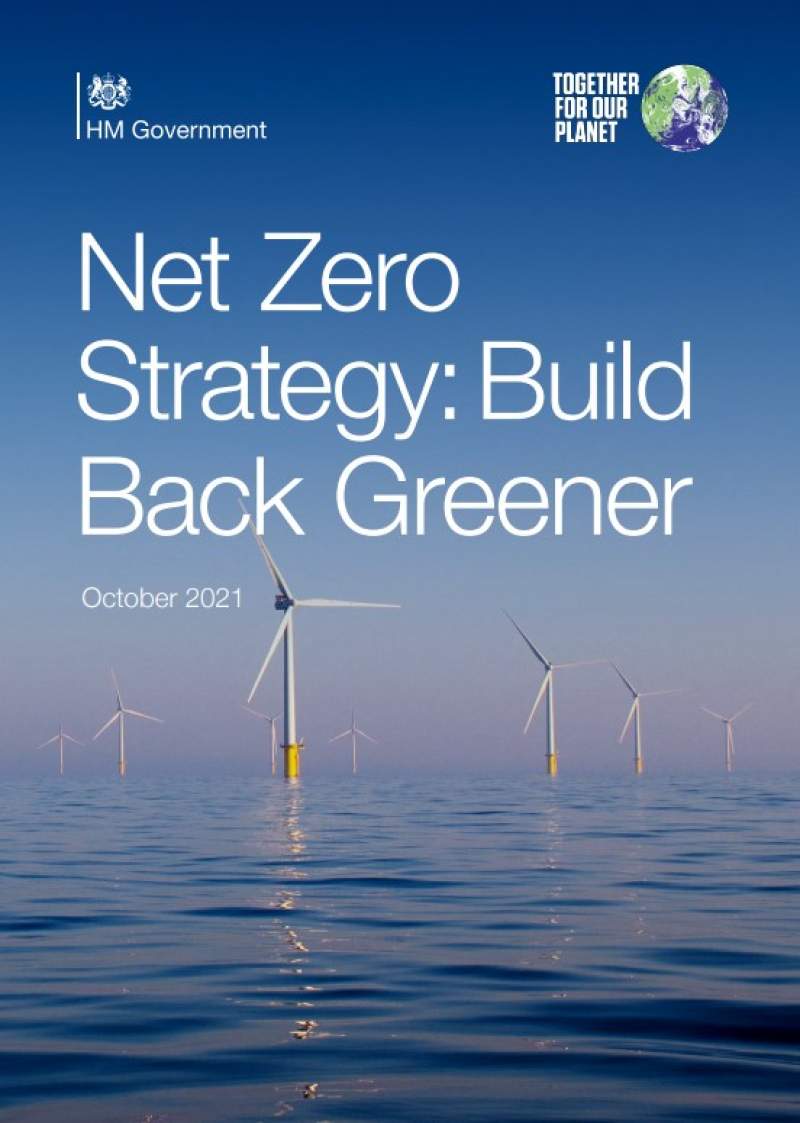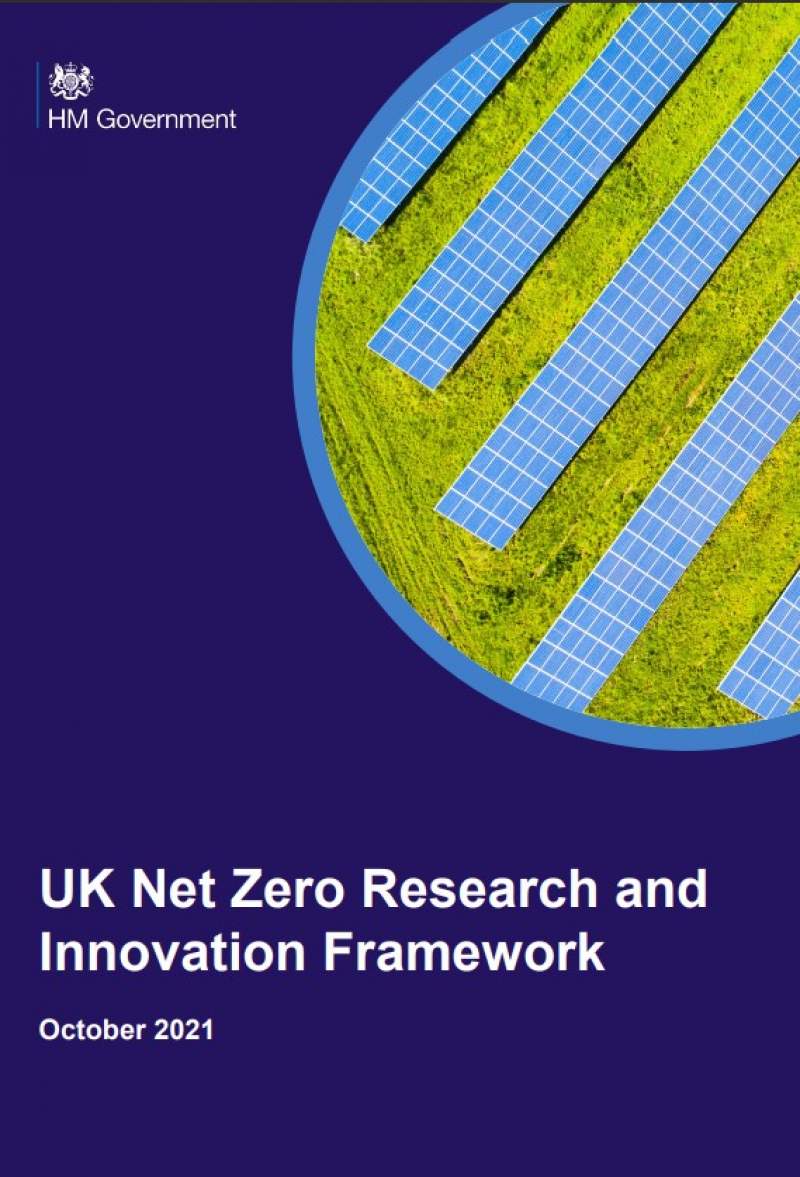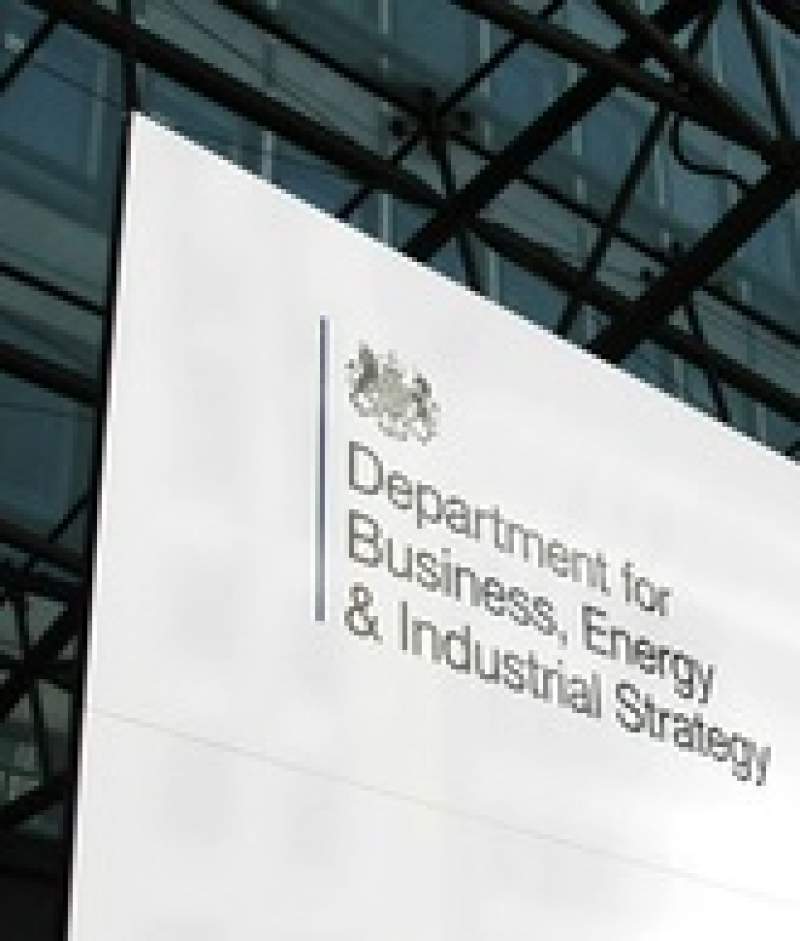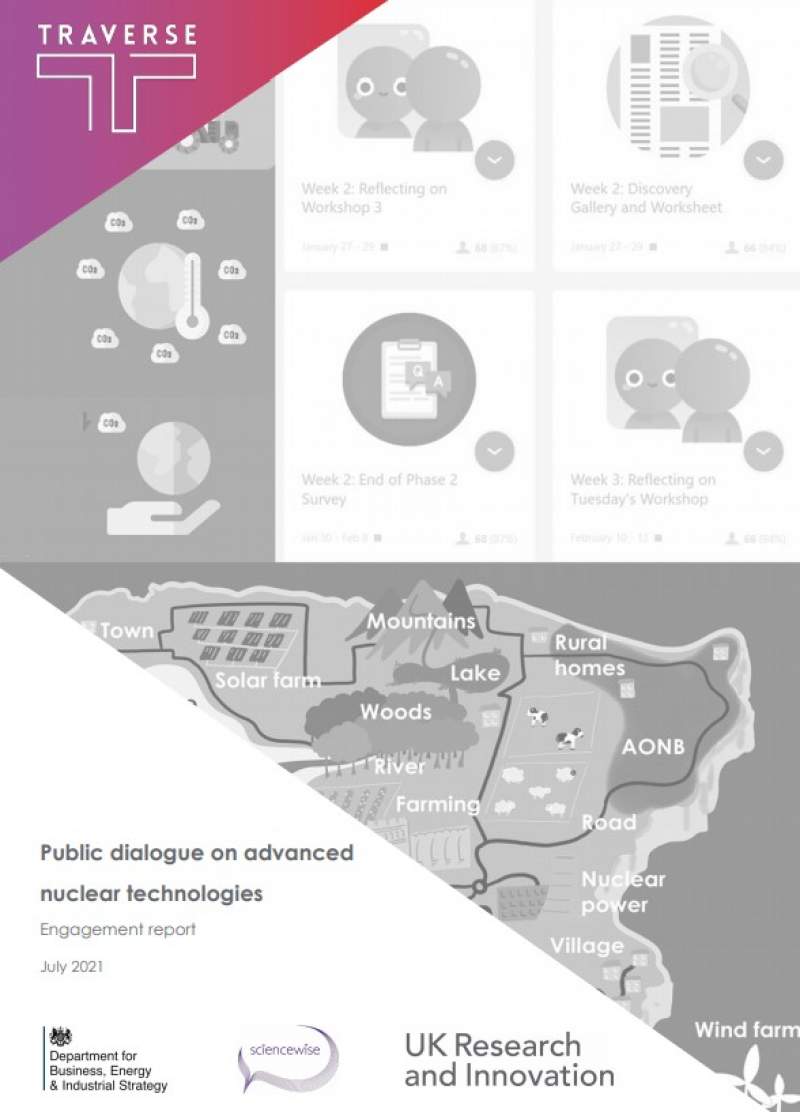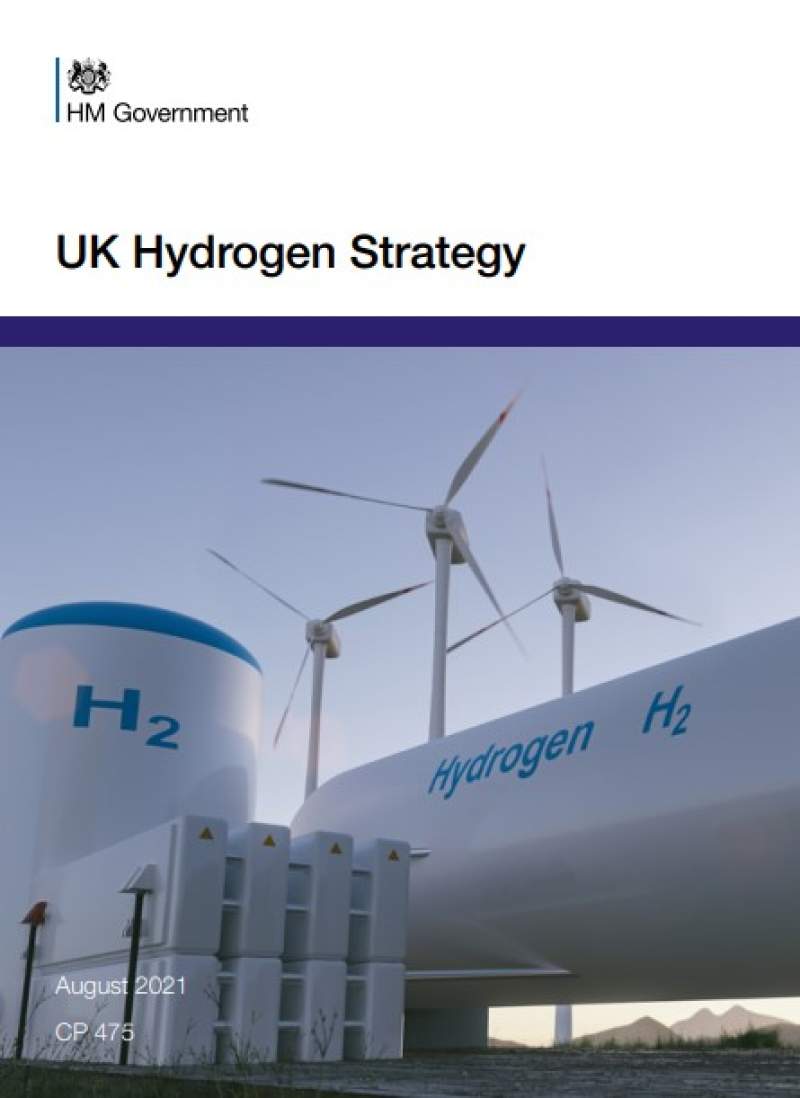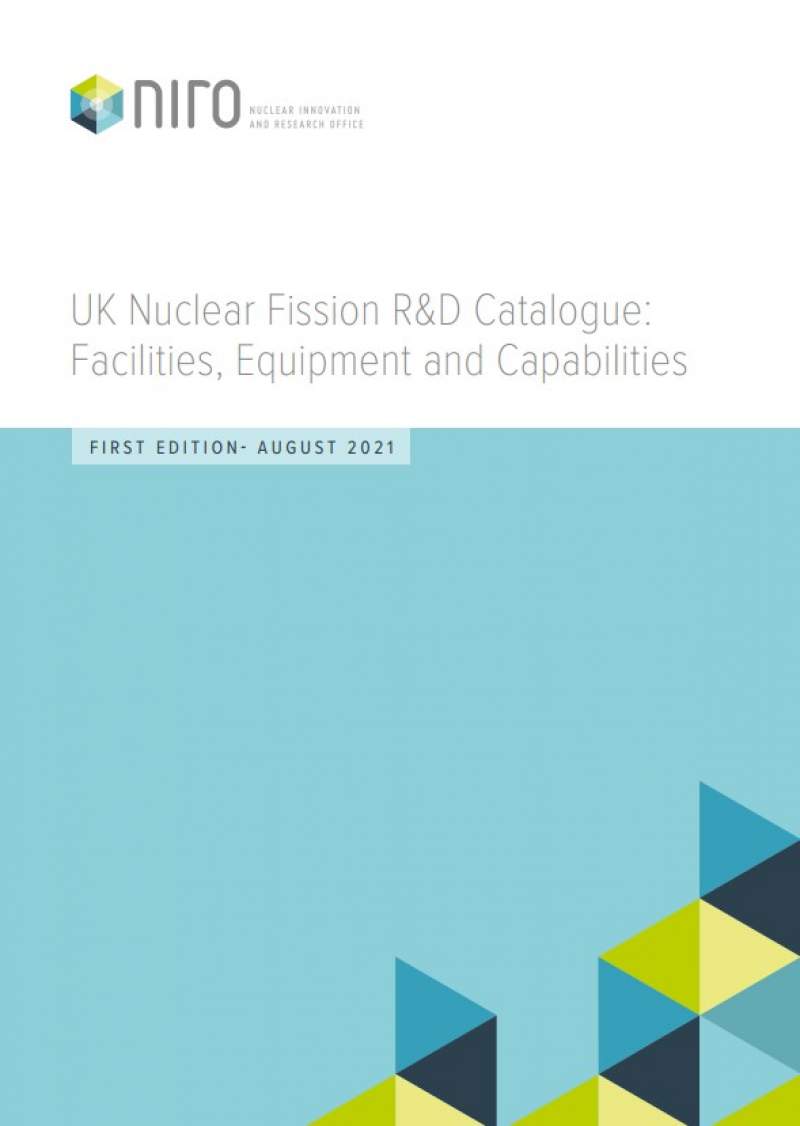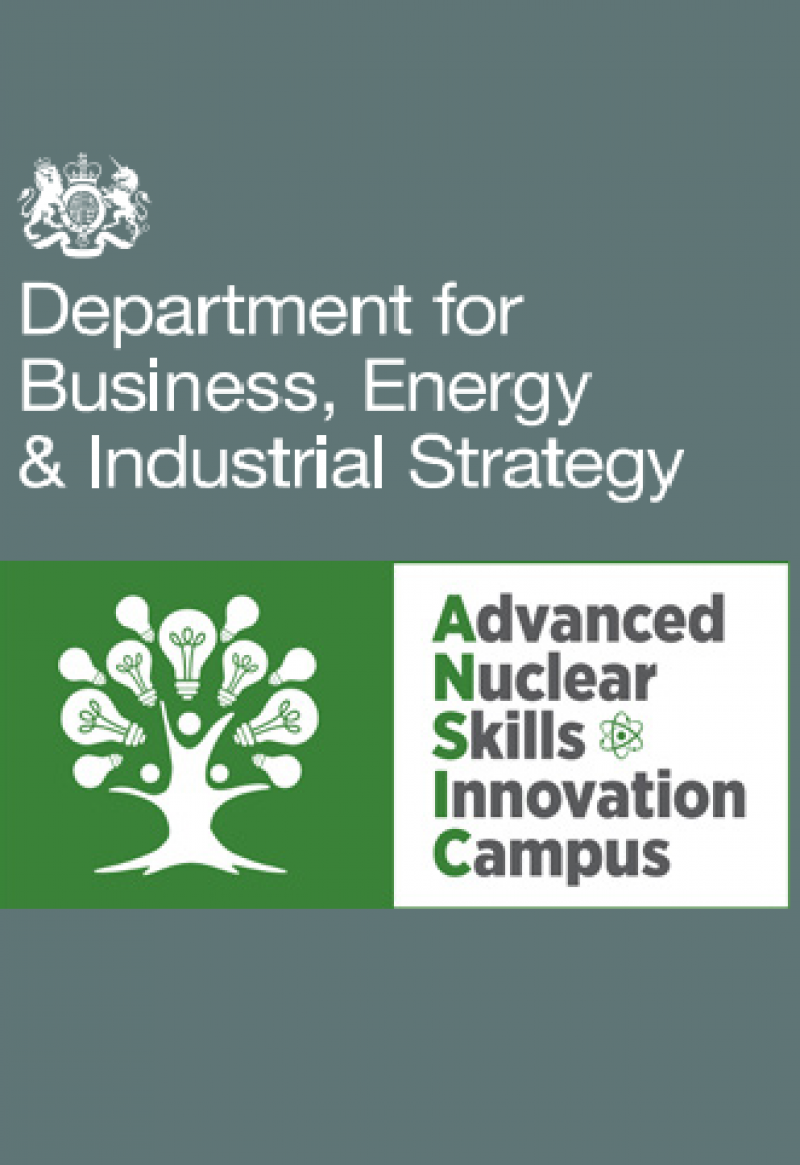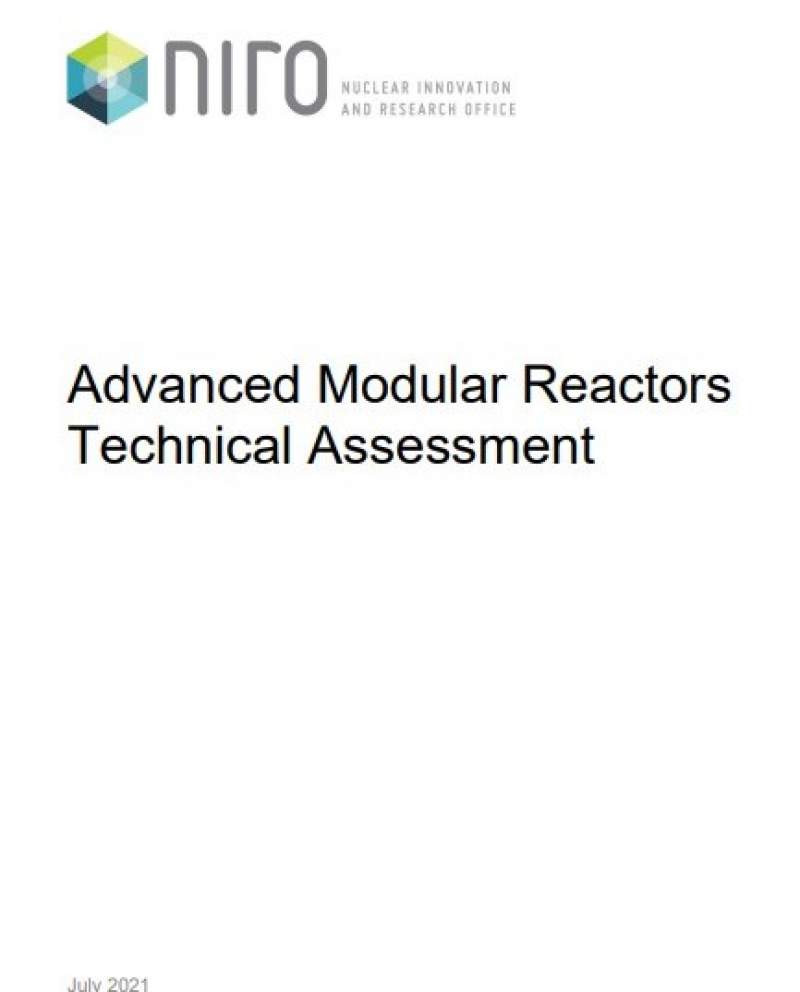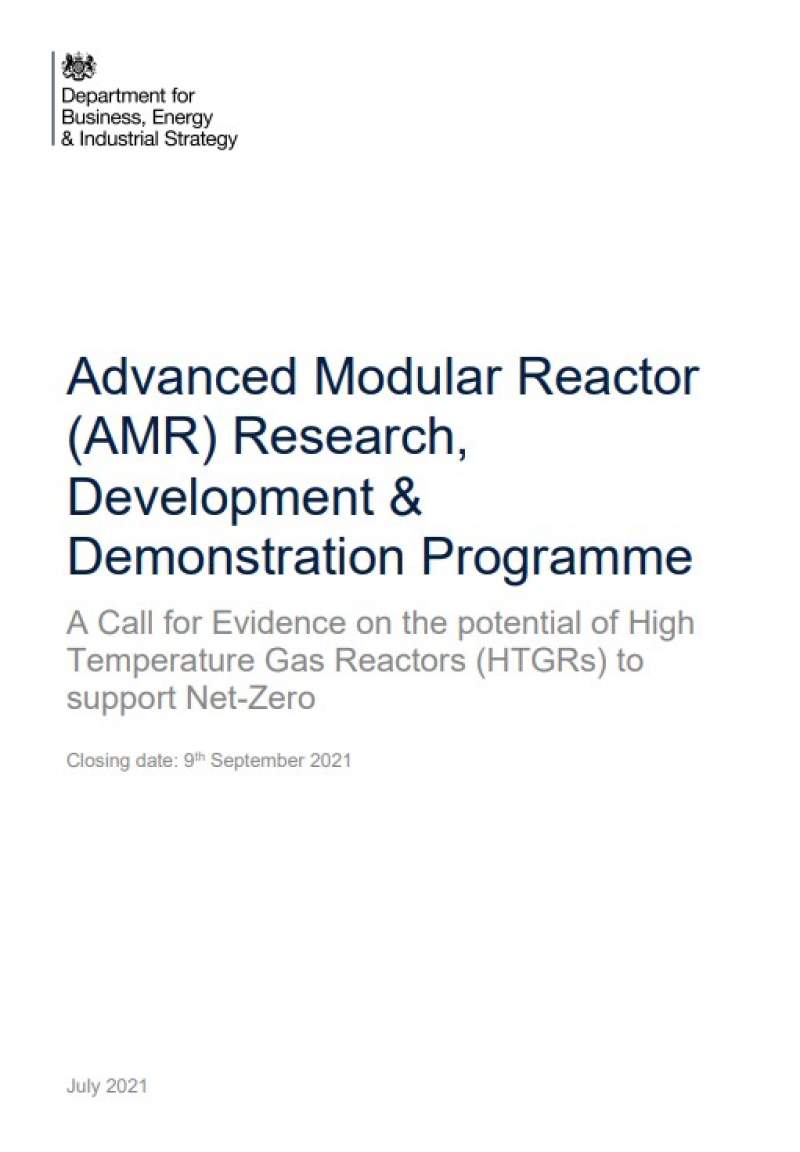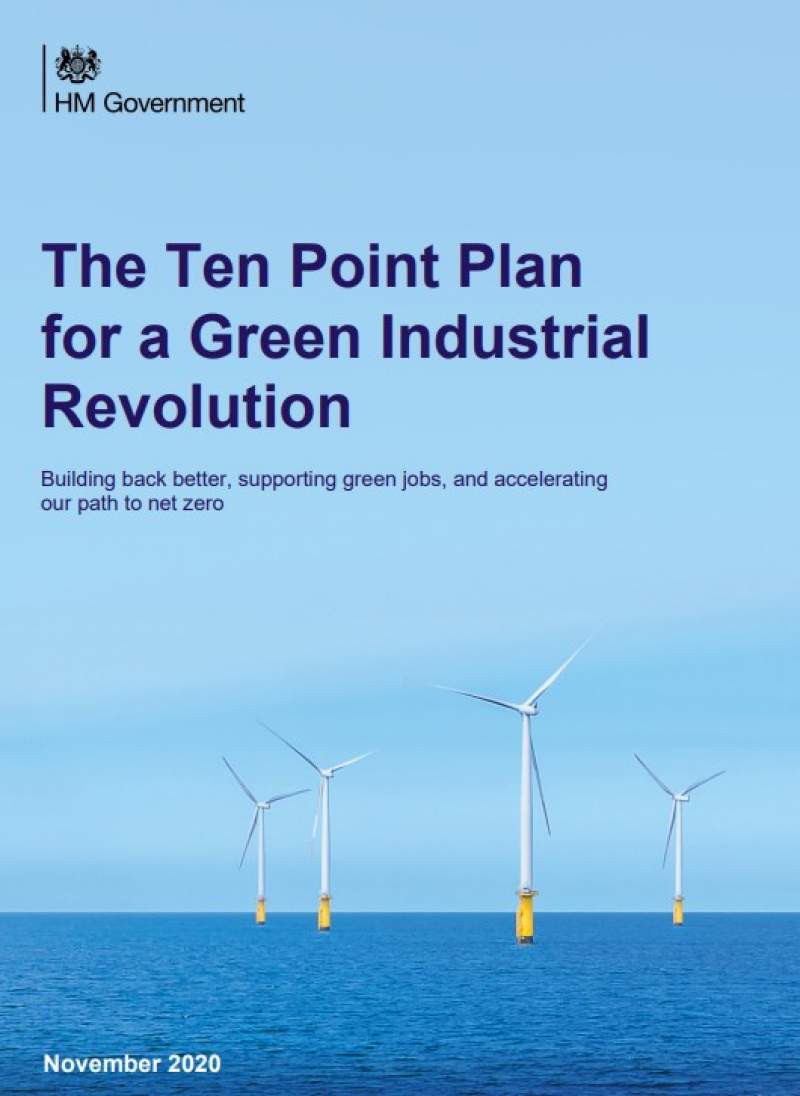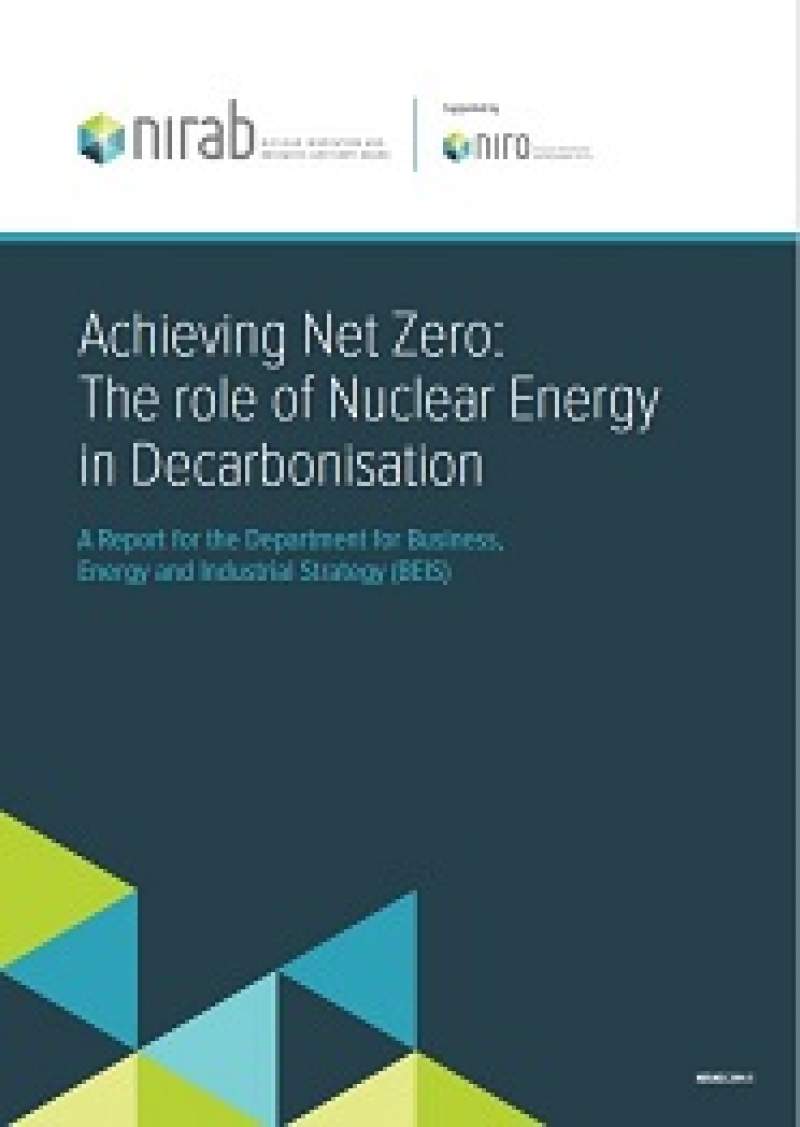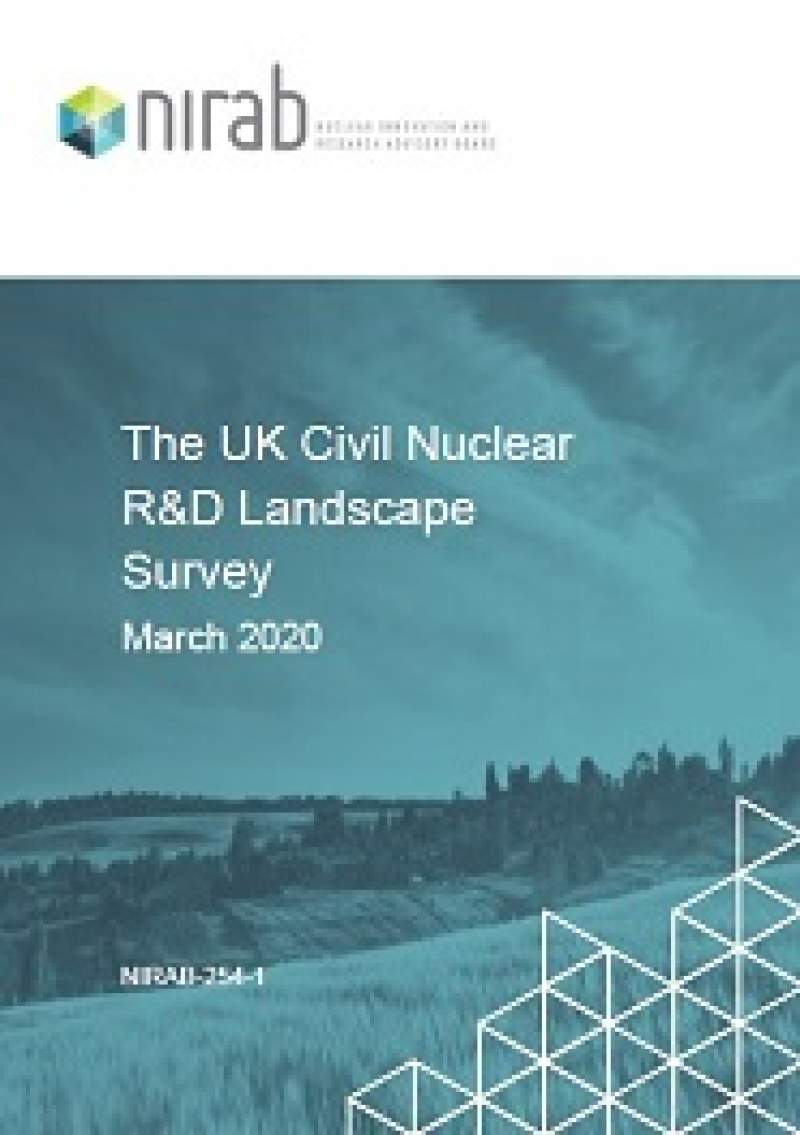Achieving Net Zero: The role of Nuclear Energy in Decarbonisation
NIRAB publishes its work from 2019/20 with a series of recommendations for Government regarding research and development to support implementation of nuclear energy options.
This report provides a summary of the activity of NIRAB since April 2018. It reflects the progress made by NIRAB in formulating advice to Government on the future role of new nuclear energy as a means to achieve net zero by 2050 and in doing so create positive economic impact and jobs. A number of recommendations for action are made.
NIRAB proposes that three streams of nuclear product development and deployment should be progressed to supply the energy needs of the population and support economic prosperity without impacting on climate change or air quality:
- Large scale Light Water Reactors (LWR), which are currently available and suitable for baseload electricity generation;
- Small Modular Reactors (SMR), which are based on the same proven technology and can offer additional flexibility
to meet local energy needs;
- Advanced Modular Reactors (AMR), which typically have a higher temperature output, consequently enabling
them to contribute to decarbonisation through heat and hydrogen production, as well as generate electricity at
competitive costs.
NIRAB believes it is time to move forward towards demonstration of both Small Modular Reactor and Advanced Modular Reactor systems with appropriate underpinning R&D programmes to support the decarbonisation of the UK economy. NIRAB makes 6 recommendations to Government to enable this to be achieved.
Click here for a Web Version
Download Document

